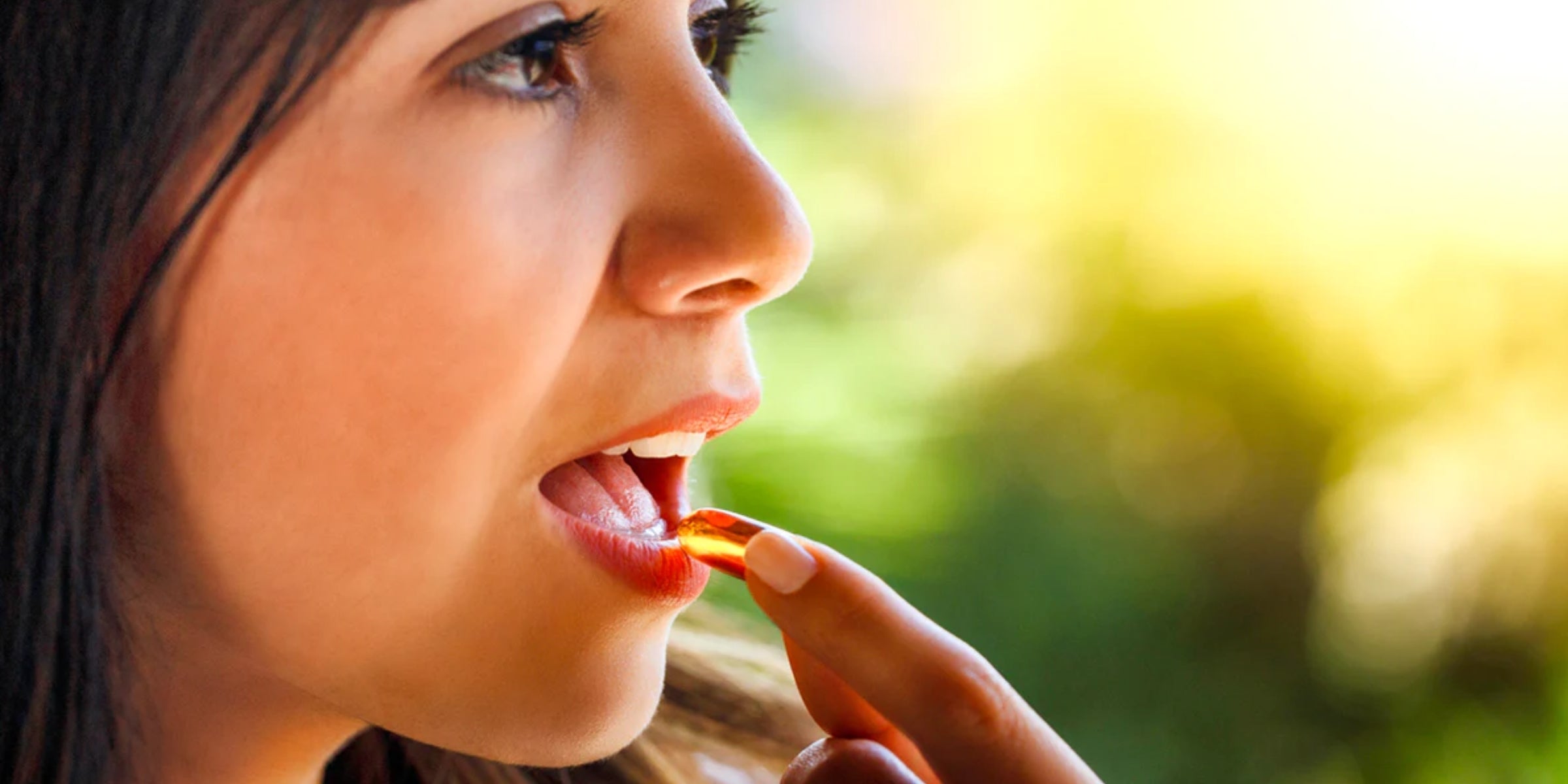- Nausea
- Dizziness and confusion
- Vomiting
- Being sensitive to light and sound
The good news is, the risks of suffering a migraine can be lessened by learning how to identify and avoid foods and environmental influences known to be triggers for sufferers.
1. Avoiding Bright Lights and Sensory Stimulation
One of the biggest triggers for migraine headaches are powerful sensory stimuli, such as bright lights and loud noises. Excessive sensory stimuli can cause a spontaneous migraine to erupt without notice, however, with an increased awareness of those conditions or events that could cause these reactions will result in a greater chance of recognizing and reducing the impact of these triggers.
Some individuals may suffer sensory migraines as a result of the following triggers:
- Oncoming headlights when driving late at night
- Loud noises and flashing lights at parties, clubs, concerts or loud/crowded venues
- Loud noises and flashing lights on video games
- Sun glare
- Screen glare, particularly associated with staring at a computer screen.
2. Watching Your Diet
There are a number of potential foods that may trigger headaches and migraines. Some common food triggers include:
- Coffee and chocolate (some naturally occurring compounds in the cocoa plant are responsible for this effect)
- Alcohol (particularly the preservatives used in some wines, and the yeast found in some beers)
- Processed meat (the preservatives in processed meats are mostly responsible for their effect)
Being aware of what you’ve eaten prior to having a migraine will assist you in may be able to deduce your own food triggers.
3. Keeping a Migraine Diary
In addition to tracking what you eat on the days you suffer from migraines, a migraine diary will assist you in determining what other triggers from your environment may be contributing to their development. Influences that can also contribute to triggering your migraines include:
- Your exercise regime: be sure to monitor when you exercise and how vigorously you exercise, as vigorous exercise can be a trigger for some people
- The weather and temperature: migraines can be triggered by temperature fluctuations, particularly those related to hot, temperate environments and in cases where hydration and heat stroke are risks
- Your emotional state: Powerful emotions or big emotional fluctuations can contribute to the development of a migraine in sensitive people – be sure to monitor any stresses or stressful events that occur around the same time as your migraines.
- Your medication regime: Whether you have started taking a new medicine or recently changed the dose of a current medication, be sure to document any changes so you can relate these to the incidence of your migraine to see if this could be a possible trigger.
- Their frequency and time of day: whether a migraine occurs in the morning or afternoon could hep you to pin down some of the sensory triggers for the event. Women are also more likely to suffer migraines associated with PMS and hormonal fluctuations, so recording dates in a diary could assist in seeing the patterns associated with their incidence.
4. Taking a Magnesium Supplement
Magnesium is a vital nutrient for supporting muscular health, and has been studied for use in reducing the incidence of migraines in suffers. To be sure you are taking the best magnesium product for your needs, choose a product that contains highly bioavailable sources such as Magnesium diglycinate or MetaMag.
These forms of Magnesium can be taken in therapeutic doses without the risk of harmful side effects, including diarrheoa.
5. Watch Your Hormones
Women are more likely to suffer migraines due to the fluctuations in their oestrogen and progesterone levels that happen during their menstrual cycle and for some women as a result of their contraceptive method. If you are taking the pill or have a hormonal implant and suffer from migraines, talk to your doctor about the role these hormonal therapies can play in causing migraines in some women.
6. Relax, Don’t Stress
Minimising stress is important in reducing the risk of suffering a migraine, as stress is one of the known triggers to migraine development. As it is not always easy to avoid stressful situations, consider taking up a hobby that is relaxing or trying some known relaxation techniques to reduce your stress. Yoga, meditation and other body-mind techniques are known to positive reduce the intensity and prevalence of migraines in sufferers, so go easy on yourself and start some stress-relief activities today!
Always plan ahead
Planning ahead so you can identify and avoid potential triggers is an integral part of keeping your migraines under control. By preventing causes at the source and taking proactive steps through stress reduction, magnesium supplementation, and avoiding your known triggers, you will place yourself in the best position possible to reduce your chances of suffering from these debilitating episodes now and into the future.




